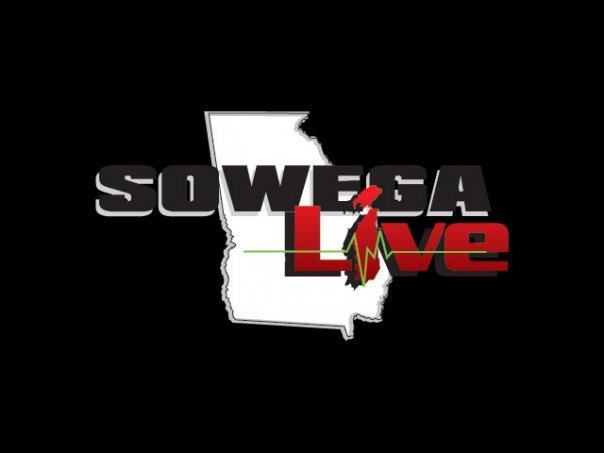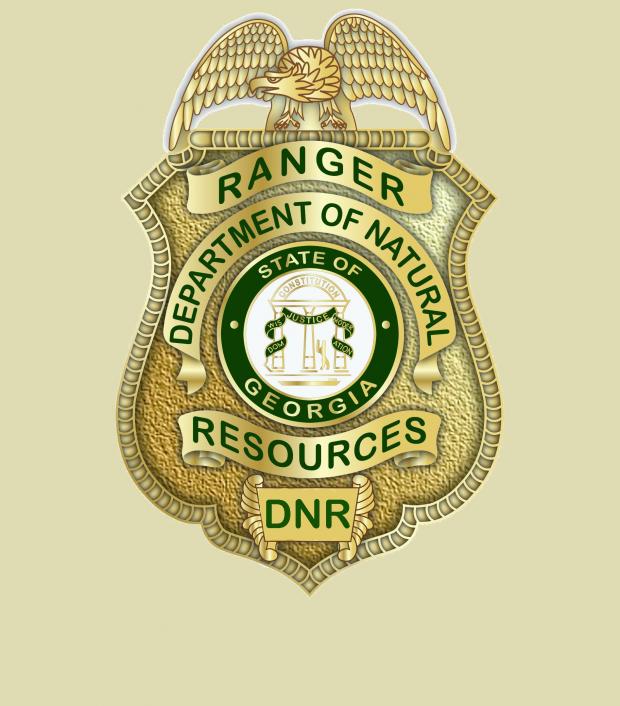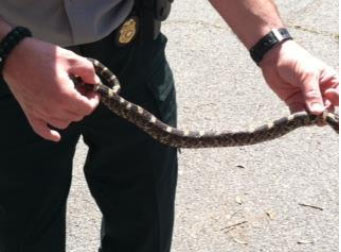
Garbage is irresistible to a hungry black bear. Bears will change their normal movement patterns and “hang out” in areas where there is an abundant supply of garbage, bird seed pet foods, and other non-natural food sources. What can you do? One of the first and most important things to do is to stash your trash to resolve potential human-bear conflicts.
“Feeding bears, whether intentional or not, creates habituated bears,” explains Adam Hammond, wildlife biologist with the Georgia Department of Natural Resources’ Wildlife Resources Division. “When a bear learns that it can get a ‘free meal’ from garbage, it’s going to return again and again until eventually it loses its natural fear of humans, which can lead to potential conflict issues.”
Homeowners and business owners in areas where bears have been sighted can help reduce human-bear issues by taking these important steps:
- Convert to bear-proof garbage containers, or secure garbage inside a garage or other enclosed area.
- Place garbage cans at the curb on the day of pick-up rather than the night before. If there is no curbside pick-up in the area, take garbage to the nearest disposal site as soon as possible.
- In some cases, installing an electric fence around garbage storage areas may be useful to prevent bears from accessing household garbage.
- Remove food scraps from grills and fire pits daily.
- Rinse food cans and wrappers before disposal. Keep garbage cans clean and periodically deodorize them.
- Concerning dumpsters, install bear-proof trash bins, attach reinforcing lids or install latch mechanisms.
Garbage is just one of the many non-natural food items that attract bears. Birdseed and pet food round out the top three most common types of attractants. Homeowners in known bear areas are advised to bring pet food indoors and remove birdfeeders during spring and summer.
In Georgia, there are three population centers for black bears. These include the North Georgia mountains, the Ocmulgee River drainage system in central Georgia and the Okefenokee Swamp in the southeastern part of the state. However, black bears can and do range over larger areas, especially in early spring and late summer when natural food sources are scarce. Young male bears also roam larger areas in an effort to establish their own territory.
“The best and most effective way to resolve human-bear conflicts is to remove the attractant,” Hammond says. “In most cases, that simply means making trash, birdseed, pet food and other non-natural food items inaccessible.”
The black bear is a symbol of Georgia’s natural diversity, the only bear found in the state and a high-priority species in the state’s Wildlife Action Plan, a comprehensive conservation strategy. Though now considered the most common bear in North America, the species was nearly eradicated from Georgia by the 1930s due to unregulated market hunting, poaching and large-scale habitat loss. Sound wildlife management practices have restored Georgia’s black bears to a thriving population estimated at 5,100 bears statewide.
For more information regarding black bears, visit www.georgiawildlife.com/BlackBearFacts, contact a Wildlife Resources Division Game Management office or call 770-918-6416. The public also can visit their local library to check out a copy of an informational DVD entitled, “Where Bears Belong: Black Bears in Georgia.”







Be the first to comment